new garden site
Etta T
6 years ago
Featured Answer
Sort by:Oldest
Comments (28)
wayne_5 zone 6a Central Indiana
6 years agolast modified: 6 years agoRelated Discussions
Reed canary grass- please help (long)
Comments (4)Cover the planting areas with thick layers of newspapers or cardboard to create a lasagna garden, this should improve the soil and keep the weeds at bay. You could also just cover up the rows with the newspaper and cardboard and plant through into the existing soil, that would at least limit your weeding area....See MorePrepare for Spring
Comments (2)Hey, Steve! I'm doing a few things in prep for maples. 1). Re-potted my Japanese maple (seedling collected last June) into a larger container with new soil medium. 2). Mounding earth/digging holes at new maple sites. 3). Pricing coral bark maples at the nurseries. Josh...See Moreunknown plants and new garden site (photo heavy)
Comments (9)Thanks, everyone. It's funny (not funny ha ha but funny might cry) to note that both the euonymus and japanese honeysuckle (not to mention the ivy and the GIANT BAMBOO GROVE) are all considered invasive plants. I wonder about the sellers - what were these people thinking? :) The onion blades and the seedheads are two different areas, will have to look under the seedheads to see what leaves are there. It was hidden in the brambles so I didn't get too close. Let's hope that the tickseed/cosmos type seeds produce something pretty, because I am sure I have dragged it all over the landscape....See MoreNew Free amazing garden site
Comments (7)There has been a huge amount of work gone into this site and its very different to the others in as much as you can input your plants - there will be the virtual garden coming soon as well. The subscription will be very small and worth every penny - Nicola has to make money out of this and I completely agree with her however she took the view that adverts would ruin the whole feel of it. If you have any questions about it - email Nicola and ask because she is very helpful and never afraid of criticsm - talk to her about the subscription issues you have and ask her how the site will be developed in the future. I have a feeling about this site I think its very different and here to stay - If you're interested ask if you can be involved with the beta testing of the new developments. I intend to get on the train and get settled before it gets properly under way!...See Moreexmar zone 7, SE Ohio
6 years agofloral_uk z.8/9 SW UK
6 years agoNHBabs z4b-5a NH
6 years agozeedman Zone 5 Wisconsin
6 years agoEtta T
6 years agodaninthedirt (USDA 9a, HZ9, CentTX, Sunset z30, Cfa)
6 years agolast modified: 6 years agoEtta T
6 years agoEtta T
6 years agoNHBabs z4b-5a NH
6 years agodaninthedirt (USDA 9a, HZ9, CentTX, Sunset z30, Cfa)
6 years agolast modified: 6 years agoexmar zone 7, SE Ohio
6 years agodaninthedirt (USDA 9a, HZ9, CentTX, Sunset z30, Cfa)
6 years agolast modified: 6 years agofloral_uk z.8/9 SW UK
6 years agodirt_tracker Alabama Zone 8A
6 years agoEtta T
6 years agoEtta T
6 years agofloral_uk z.8/9 SW UK
6 years agodirt_tracker Alabama Zone 8A
6 years agoEtta T
6 years agodirt_tracker Alabama Zone 8A
6 years agoEtta T
6 years agodirt_tracker Alabama Zone 8A
6 years agowayne_5 zone 6a Central Indiana
6 years agodirt_tracker Alabama Zone 8A
6 years ago
Related Stories
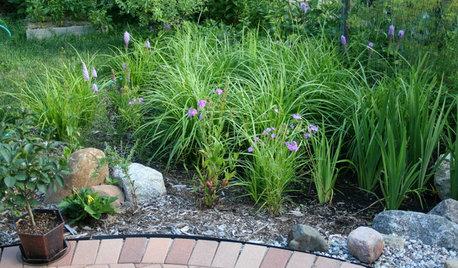
LANDSCAPE DESIGNHow to Site and Size a Rain Garden for Your Landscape
Installing a rain garden is an excellent way to reduce runoff and return water to its source
Full Story
LANDSCAPE DESIGNHow to Choose and Site Garden Art
The right piece in the right place can make or break the mood of your garden
Full Story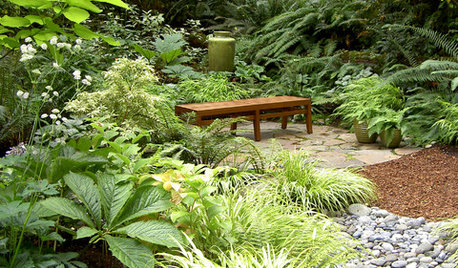
GARDENING GUIDESGreat Garden Combo: 6 Beautiful Plants for a Shady, Wet Site
Transform a shade garden with moisture-loving golden grasses, textural leaves and a sprinkling of flowers
Full Story
GARDENING GUIDESYes, You Can Grow an Edible Garden on a Hot, Dry Site
Difficult garden spots don’t need to deter you from planting trees, herbs and other delicious food plants
Full Story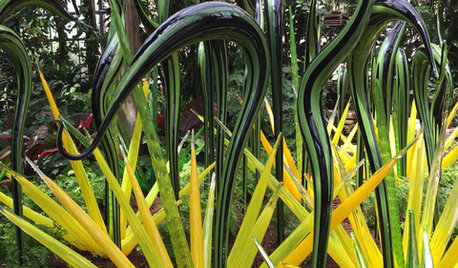
EVENTSSee ‘Chihuly in the Garden’ at the Atlanta Botanical Garden
The glass artist’s work is well-sited to complement and contrast with beautiful plantings. His new installation opens Saturday
Full Story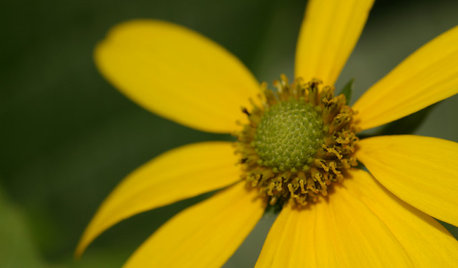
FLOWERS AND PLANTSRudbeckia Laciniata Enlivens Late-Season Shady and Sunny Sites
Give long-blooming, towering cutleaf coneflower room to spread in U.S. gardens for maximum rewards
Full Story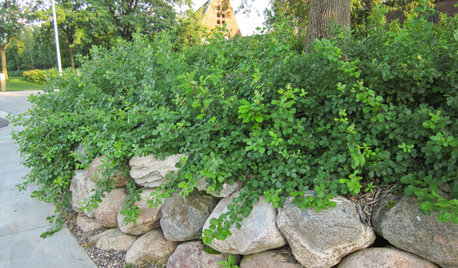
GARDENING GUIDESGreat Design Plant: Rhus Aromatica ‘Gro-Low’ Handles Many Tough Sites
Plant ‘Gro-Low’ fragrant sumac in eastern and midwestern U.S. gardens for its tolerance of tough sites, spreading form and orange fall color
Full Story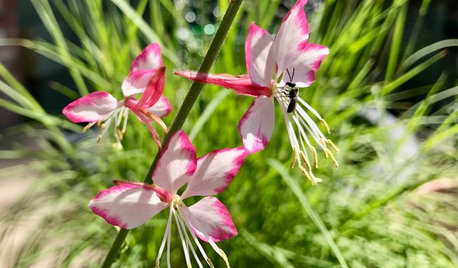
GARDENING GUIDESHow to Find Your Garden’s Voice
Incorporate plants native to your region for a memorable space that brings back the landscape’s ‘regional accent’
Full Story
LANDSCAPE DESIGNGarden Walls: Dry-Stacked Stone Walls Keep Their Place in the Garden
See an ancient building technique that’s held stone walls together without mortar for centuries
Full Story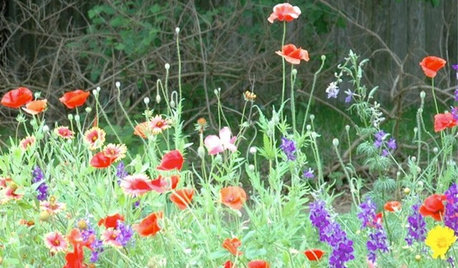
GARDENING GUIDESTexas Gardener's October Garden Checklist
Earn a "free" bonus by dividing perennials, make planting a priority now for hardy growth next year and keep an eye on your lawn
Full Story




dirt_tracker Alabama Zone 8A